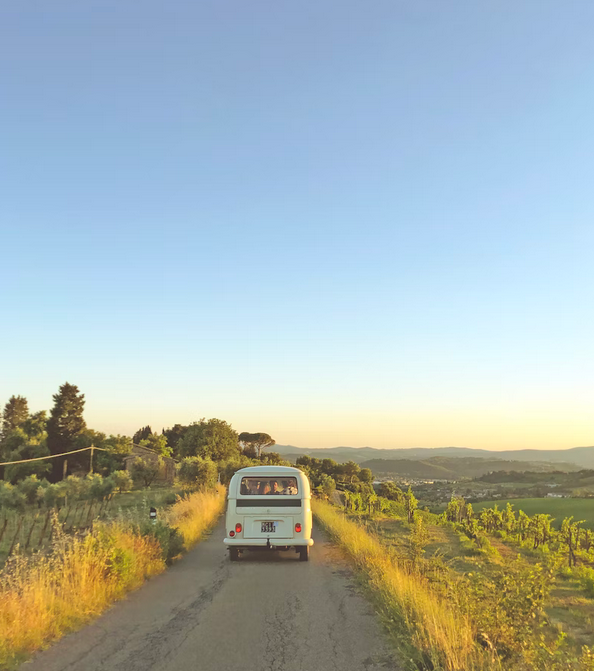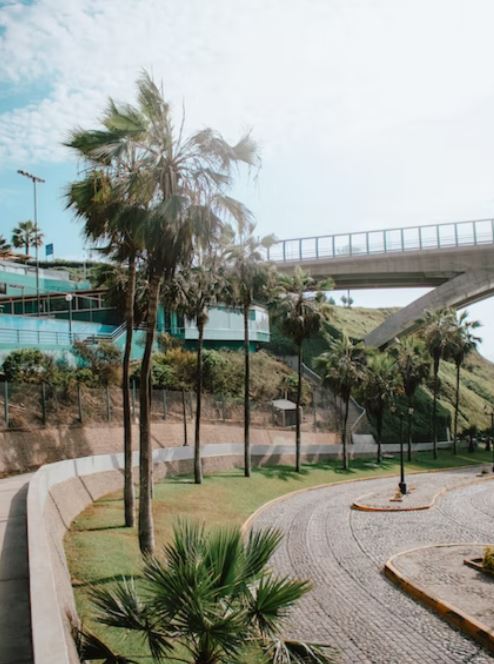16 Wonderful Things to Pack for Your Special Europe Trip

Different climate zones. Different countries. Different attitudes toward clothing. Europe is a big place, but your checked bag is not.
What you would wear to a Michelin-starred restaurant in Paris probably wouldn’t be the best gear to wear hiking in Switzerland. Packing for a week in Mykonos is a lot different from packing for an expedition in the fjords of Norway.
Some countries dress up more than others. The Dutch dress more casually than the French. Berliners are trendy and wear lots of black. And don’t forget about the stylish rain jackets in London!
There is no one-size-fits-all packing list for Europe, but there are commonalities among what you need to bring to set yourself up for a fantastic trip. Here are some tried-and-true packing tips that could help prevent clothes from derailing your European adventure:

Before You Pack
- Research the average monthly highs, lows and rain days for your destinations. Amsterdam, London, Dublin and Berlin are all latitudinally located north of the U.S. Some average highs and lows can be surprising.
- Make sure you have the gear you need. Is hiking in the German Black Forest on your itinerary? Look into buying some hiking boots. Or is your hiking more of the city exploration variety? Check out some stylish walking shoes.
- Consider how much you want to pack. Are you staying in a different hotel every night? Pack lighter. You don’t want to resent your luggage when you are schlepping it on and off trams in the rain. Be wary of over-packing!
What to Pack
- Your passport. Your trip will be short-lived if you don’t pack your passport. Make sure you have it handy and ready to show before heading through airport security.
- Dark jeans (preferably black). They are comfortable and versatile and help elevate any outfit. Jeans are the most commonly worn bottoms, even during the summer.
- Dark/muted clothes. Europeans wear darker clothes, so consider packing muted or darker colors.
- Non-form fitting clothes. Europeans do not wear tight clothes, unless they are exercising or going to a special dinner or a club. Opt for clothes with clean lines and slim shapes that do not cling to your body.
- Rain jacket instead of an umbrella. European streets can be crowded, and they can be small. Rain jackets work better when seeing the sights and dipping in and out of stores. If you’re visiting a cooler country, investigate bringing an insulated rain jacket.
- Comfortable walking shoes. You will walk A LOT in Europe. Make sure you have shoes, and maybe a few pairs, that you can explore in without getting blisters or sore feet.
- Waterproof shoes and boots. If you are visiting a city during the rainy season (Hello, London and Amsterdam!), make sure your shoes are waterproof, so you do not ruin them! Either buy waterproof shoes, or buy mixture-repellent sprays that you can apply to your shoes.
- Anti-theft handbags. Keep your belongings safe and stowed away in handbags with safety features that could include cut-resistant material and anti-theft zippers. For those who carry wallets, do not keep your wallet in your back pocket. During your trip, stow your wallet in your front pocket or in the interior pocket of your jacket.
- Layers. One of the few constants of traveling is that the weather is never constant. When you start out exploring early in the mornings, the day will warm up. Pack and dress in layers, so you can stay comfortable throughout the day.
- Different scarves and hats. When you’re visiting Europe in colder months, you will want to wear scarves and hats. And you will want to take photos. Pack a few scarves and hats to wear, so your outfits do not look the same in every photo.
- Warm clothes and show shoes (if you are traveling in the winter). Be smart with what you pack. You want to be warm and comfortable.
- Modest clothing and headscarves (if you are visiting religious or specific sites). Some religious sites require women to cover their hair and wear modest clothing. Research where you will visit to make sure you are dressed appropriately.
- Portable chargers. Carry extra charging power with you as you explore, so your phone never runs out of juice.
- European power adapter. Do NOT forget a European power adapter, and do NOT use your American power adapter in European electric sockets. If you have more than one device to charge, pack a dual-power charger.
- Airplane necessities. The flights to and from Europe can be long. Make sure you pack some items to make your time on the planes more comfortable, such as a travel pillow.
- Helpful packing accessories. Plan on buying souvenirs on your trip or are you a heavy packer? Luggage scales are helpful for the prepared traveler to make sure they don’t overpack and incur added luggage costs. Packing cubes are also handy to help compress your items and make more room in your luggage.

What to Leave at Home
- Yoga pants. Athleisure is a trend, but Europeans are not known for wearing yoga pants instead of jeans. If you are working out, make sure you bring what you need.
- Shirts (or other clothing and accessories) with large American flags on them. You can be proud to be an American, but remember you are a guest in another country.
- Sorority and fraternity clothing. Rapping your letters is important, but the clothes scream, “I AM NOT FROM HERE.”
- Bling-y jewelry. Pack subtle jewelry to avoid unwanted attention.
- White tennis shoes. These are the classic “American tourist” shoe. Yes, they are comfortable but consider packing another pair of walking shoes.
- Baseball caps. Baseball caps are not acceptable to wear in restaurants and stores. If you are hiking and in the elements, head protection is a good idea.
Do you have questions or need help planning a trip to these exotic destinations? The Trip Atelier takes the stress out of vacation planning. Schedule a consultation and start crafting a memorable vacation today.






